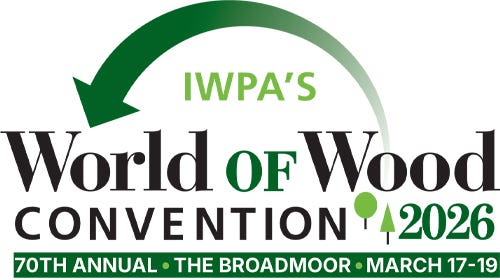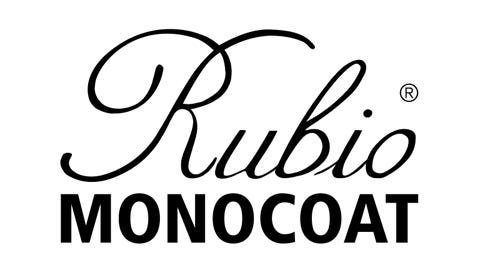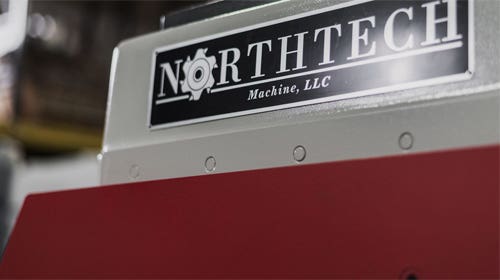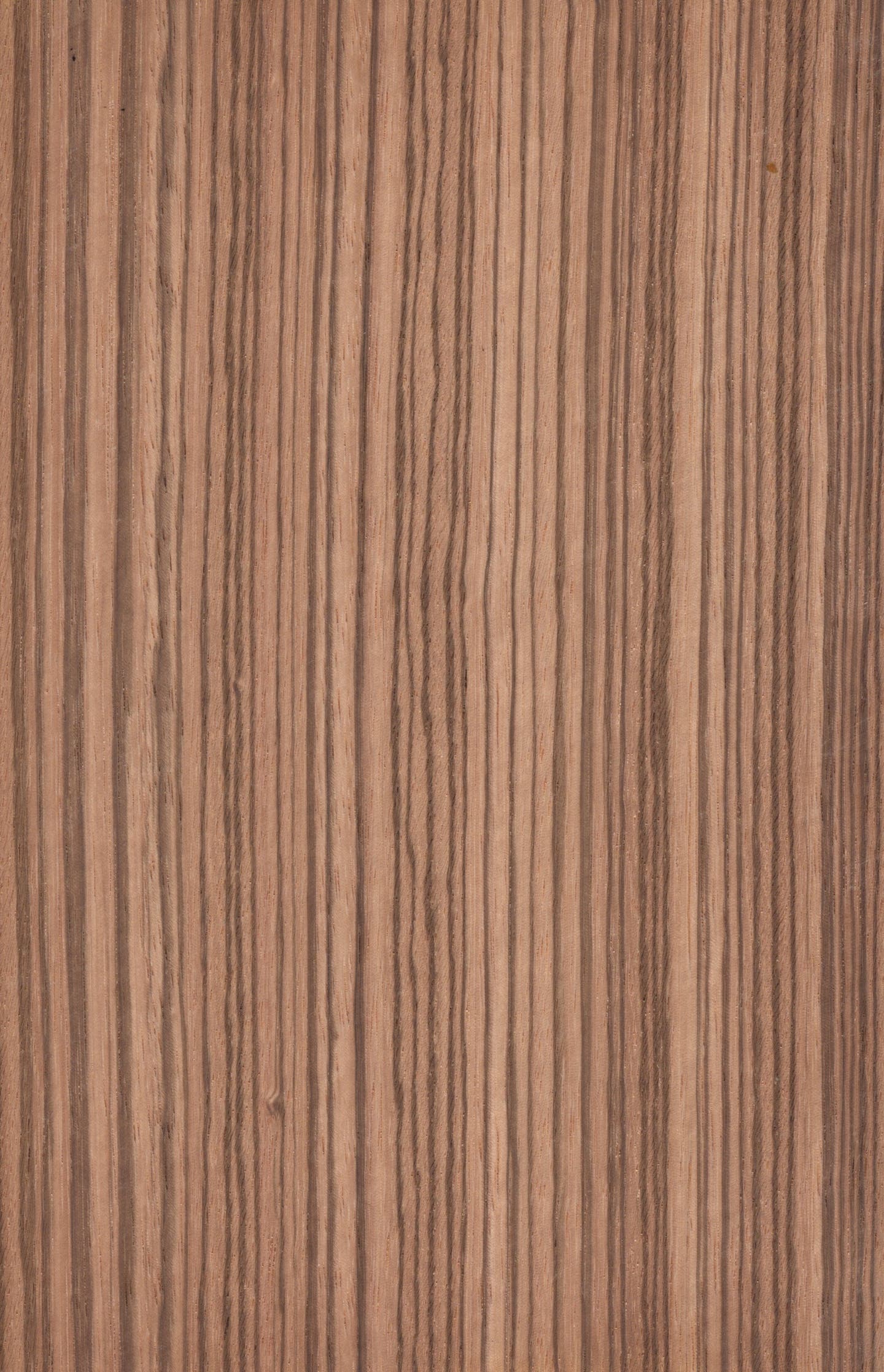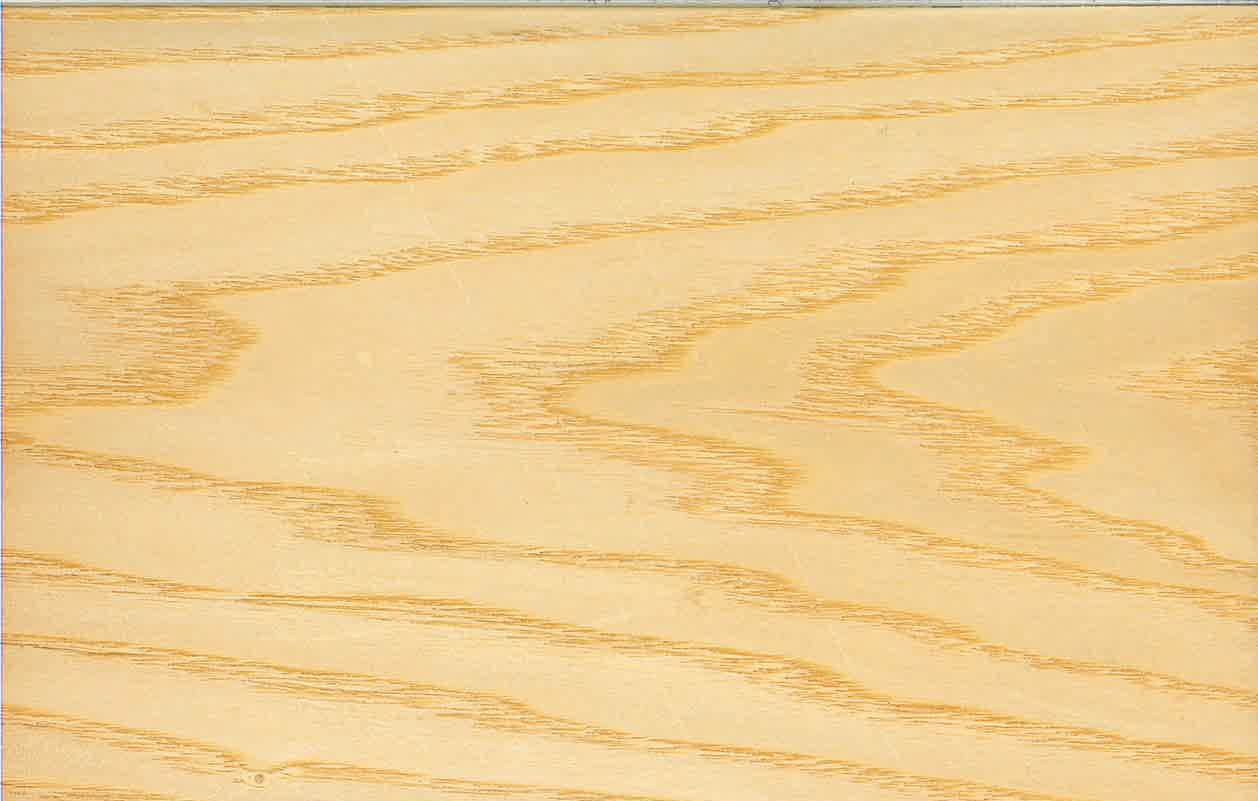Quality, not quantity, defines black palm
Black palm is just one of hundreds of species of palms in the world and, although it is often referred to as a hardwood, technically it is not. Like bamboo,…
Black palm is just one of hundreds of species of palms in the world and, although it is often referred to as a hardwood, technically it is not. Like bamboo, it is a grass. Black palm is also called black palm wood and grows primarily in South America and Southeast Asia. It is available in veneer form and solids in 4/4, 6/4 and 8/4 thicknesses. However, a typical black palm will only yield a small amount of wood. The tree's center is very soft and mushy, similar to a pumpkin.
"You can't get much in lumber because the outside of the tree, 2" to 3", is the only useful part," says Rocky Mehta, owner of West Penn Hardwoods in Olean, N.Y. "I think it has taken off for us the last three or four years because we bring it in turnings and now we are bringing in small boards like 3" x 24" or 4" x 36". People are buying it for inlays. I have a lot of bow makers buying it for arrows because it is so strong and the arrows don't break."
Black palm is also used for cane blanks, knife handles, martial arts weapons, flooring and as an accent wood by furniture makers. The wood is prized by box makers and experienced turners.
Greg Engle, sales manager at Certainly Wood, a large veneer dealer in East Aurora, N.Y., obtains his black palm, also known as pambil, from Ecuador.
"The veneer is made from staves that have been cut from the outer 2" to 3"," he says. "They are then milled on all four sides and ends; glued back together into one large block that is then sawn into veneer. The sheets are then put through a wide belt sander to achieve a uniform thickness. Current available sizes are 6-1/2" wide by 100" and 124" long. Producing it this way gives you more of an edge grain look, but the overall product is very sound and exotic-looking."
There is no similarity between black palm's end grain and the end grain of a typical hardwood. The series of black dots, or monocots, produce an appearance that is highly sought after for novelty items.
"Palms are tall woody plants that grow back to maturity faster than regular trees, making them a sound ecological choice," Engle adds. "But one shouldn't confuse it with red palm, brown palm or coconut palm. This is the real coal black with brown quills; rare black or royal palm, from South American shores (Iriartea Palmbil). It is both exotic and elegant at the same time. There is nothing else like it."
Black palm mainly grows in damp meadows, where it can reach a height of 100' and diameters of 10" to 12". Palm naturally possesses some excellent qualities. Its durability makes it suitable for flooring and it is often recommended that the wood's natural look be maintained and any special treatments be avoided.
New sawmill technology has made black palm a more affordable veneer.
"In the past, black palm wood was rough sawn, wasteful and we sold it at prices up to $75/sq. ft.," Engle says. "Now, new state-of-the-art technology has made it possible to process black palm wood into beautiful 2mm thick veneer panels at a fraction of the old cost. The panels are composed of edge-glued and end-butt jointed strips. Because of the incredible uniformity of palm wood, these joints are barely perceivable, even close up. The sheets are evenly sanded, square-edged and uniform in size to minimize waste.
"The interest has always been around for black palm, but the availability is extremely low in the overall world market for actual black palm veneer. Red palm seems to be much more prominent and readily available, but it is the black palm that is the hardest to get."
Black palm veneer sells for $13 to $15/sq. ft. In 4/4 lumber form, the price ranges dramatically from dealer to dealer.
This article originally appeared in the January 2011 issue.


